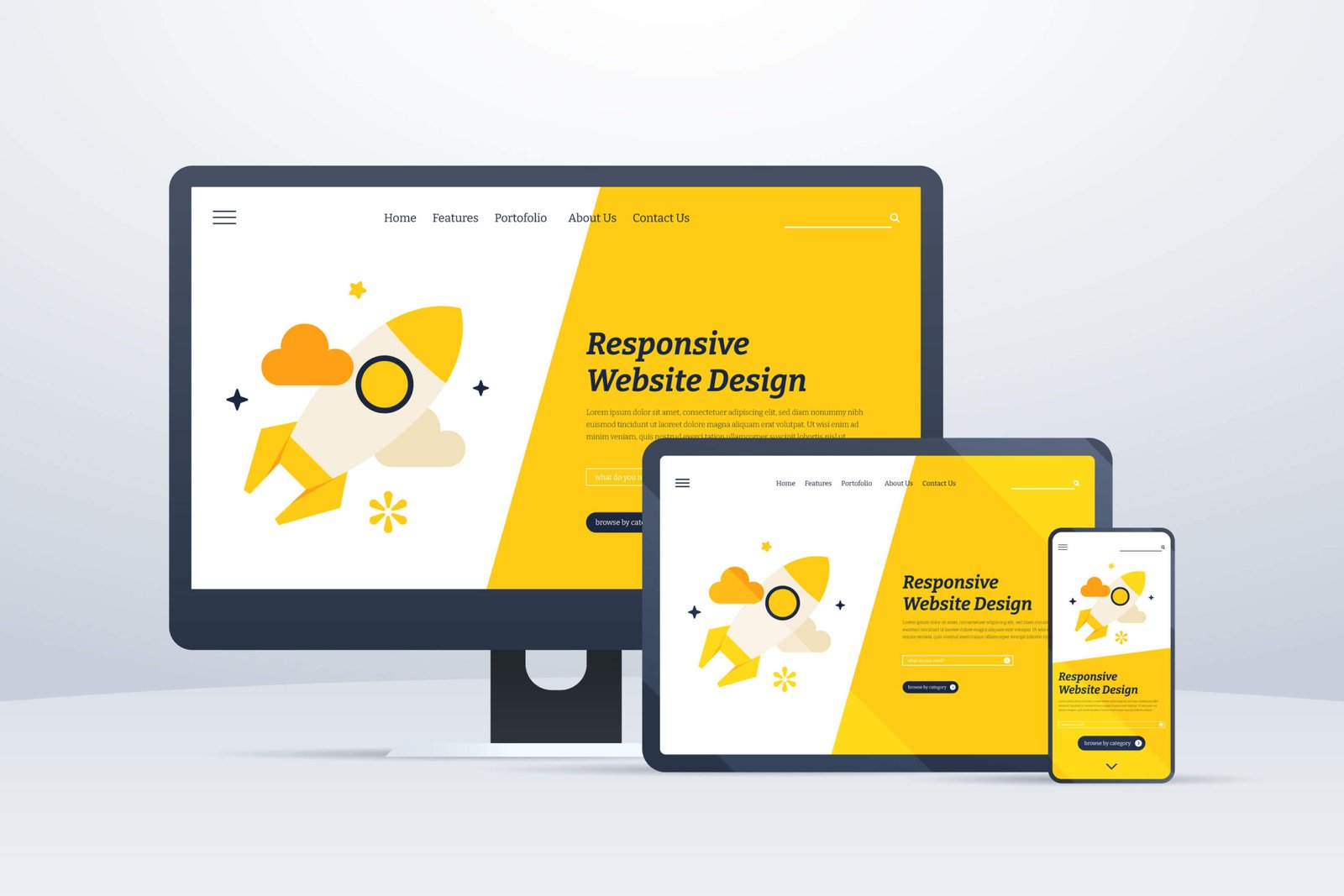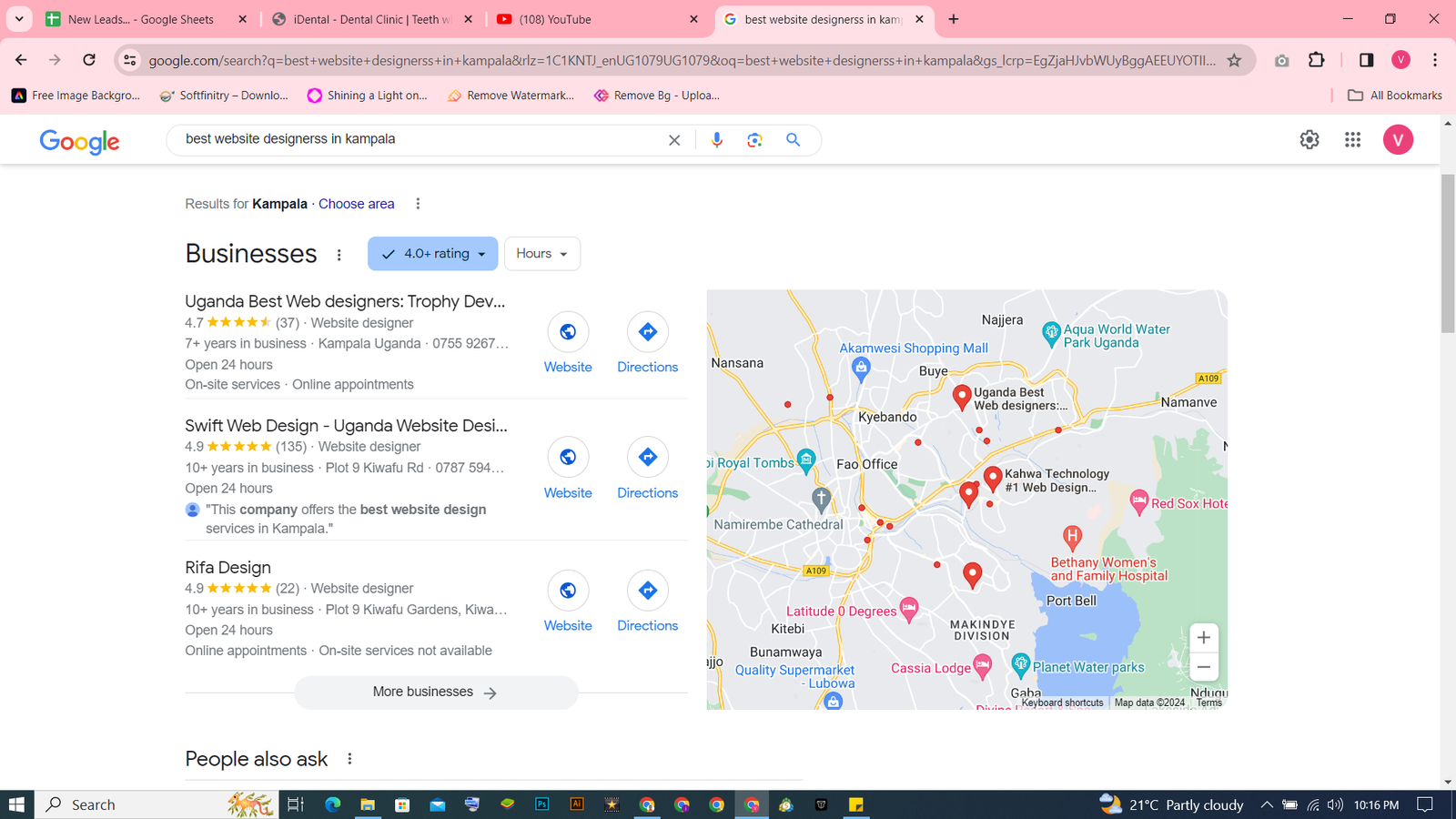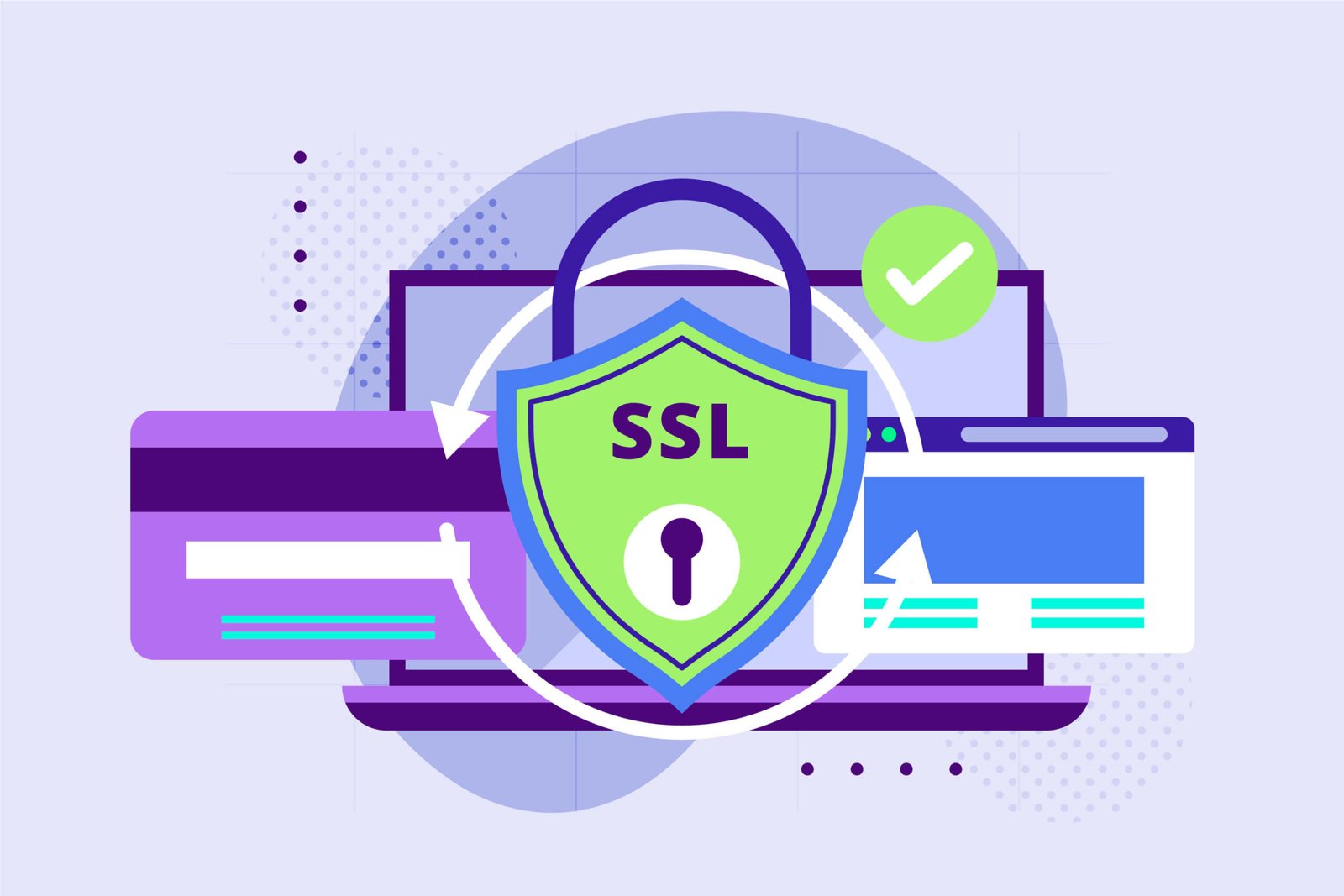Greetings, digital enthusiasts! Have you ever found yourself frustrated with a website that takes ages to load? Well, you’re not alone! In today’s lightning-fast digital era, the speed at which your website loads is not just a technical detail; it’s a make-or-break factor for user experience. So, buckle up as we explore the thrilling world of site speed optimization and why it’s the secret sauce to keep your audience hooked!
Speed is crucial in the Digital Era
In a world where our attention spans are shorter than a goldfish’s, waiting for a slow website to load feels like an eternity. Picture this: you’re excitedly clicking a link, and bam! Your enthusiasm crashes into the buffering wheel of doom. Not a pleasant experience, right? This brings us to the crux of the matter—site speed.
Google’s Take on Speed
Google, the benevolent overlord of the internet, has declared its love for speedy websites. The search engine giant considers page speed a ranking factor, influencing where your site appears in search results. Translation? Faster sites get the spotlight, while slower ones dwell in the shadows.
User Frustration: The Bane of Slow Websites
Let’s delve into the psychology of it. Slow-loading websites are like a virtual mood spoiler. Users get frustrated, and frustration leads to bouncing off your site faster than you can say “loading.” High bounce rates? Not exactly the dream scenario for any website owner.
Mobile Users: The Majority Demands Speed
With the majority of users now surfing the web on mobile devices, the need for speed becomes even more critical. Optimizing for mobile is more than just a trendy phrase; it’s an essential requirement. Slow websites on mobile? Users won’t think twice before bidding farewell to the tortoise-speed experience.
Conversion Rates and the Need for Speed
Now, let’s talk business. Did you know that a one-second delay in page load time can result in a 7% reduction in conversions? Yes, you read that right! If you’re running an online store or any platform where user action is key, speed is your silent ally for boosting conversion rates.
How to Make Your Website Faster
Feeling overwhelmed? Fear not! Site speed optimization isn’t rocket science. Simple tactics like optimizing images, minimizing HTTP requests, and utilizing browser caching can work wonders. Stick with me, and we’ll navigate the technical terrain together.
1. Fixing Big Pictures
Big pictures can be a problem. It’s like trying to fit a big elephant through a small door. We need to make the pictures smaller so they load faster but still look good.
2. Saving Stuff in Your Browser
Imagine you go to a store, and it remembers what you bought before. Cool, right? That’s what saving stuff in your browser does for websites. It makes them remember things and load faster when you visit again.
3. Using Less Stuff
Websites are like burgers – too much stuff, and they’re hard to eat! We need to use less stuff, like fewer pictures or fancy things, so the website loads faster.
4. Making Friends Worldwide
We want our website to be friends with everyone, even people far away. So, we use something called a Content Delivery Network. It’s like having copies of our website in different places so everyone can see it fast, no matter where they are.
Tools to Measure and Improve Speed
Curious to know how your site fares in the speed department? Tools like Google PageSpeed Insights are your trusty companions. They not only diagnose your site’s speed issues but also provide practical suggestions for improvement. It’s like having a personal speed coach for your website!
The Mobile-First Index and Site Speed
In Google’s quest for a mobile-first world, your site’s mobile performance is now a crucial ranking factor. What does this mean for you? It’s time to prioritize mobile optimization and ensure that your website loads faster than a cheetah chasing its prey.
The SEO Advantage of a Speedy Site
Did you know that Google rewards faster websites with better search rankings? It’s true! Speedy sites not only please users but also catch the eye of search engines. Dive into the symbiotic relationship between site speed and SEO, and watch your website climb the search result ladder.
Common Pitfalls to Avoid in site speed optimization
In the race for speed, some stumble and fall. We’ll uncover common pitfalls in the pursuit of site speed and guide you on how to avoid them. Balancing speed with design and functionality is an art, and we’re here to help you master it.
1. Ignoring Image Optimization:
- Pitfall: Uploading large, uncompressed images can weigh down your site’s speed.
- Solution: Compress images without compromising quality. Use formats like WebP for better compression.
2. Too Many HTTP Requests:
- Pitfall: Excessive HTTP requests slow down loading times.
- Solution: Minimize requests by combining files, using sprites, and optimizing third-party scripts.
3. Ignoring Browser Caching:
- Pitfall: Not leveraging browser caching can result in repeated downloads of static resources.
- Solution: Set up proper cache headers to enable browsers to store static files, reducing load times for returning visitors.
4. Neglecting Mobile Optimization:
- Pitfall: Overlooking mobile optimization in a mobile-dominated era can lead to slow mobile load times.
- Solution: Prioritize responsive design and optimize content for various devices, ensuring a smooth experience on mobile.
5. Lack of Content Delivery Network (CDN):
- Pitfall: Serving content from a single server location can cause latency issues for users far from your server.
- Solution: Implement a CDN to distribute content across multiple servers globally, reducing load times for users worldwide.
6. Not Compressing Resources:
- Pitfall: Large files take longer to load, impacting site speed.
- Solution: Enable Gzip compression to reduce the size of your HTML, CSS, and JavaScript files.
7. Ignoring Render-Blocking Scripts:
- Pitfall: Scripts that block rendering can delay the display of your page.
- Solution: Identify and optimize render-blocking scripts or load them asynchronously to prevent delays.
8. Heavy Use of Redirects:
- Pitfall: Too many redirects can increase page load times.
- Solution: Minimize redirects, especially those unnecessary for SEO or user experience.
9. Overlooking Server Performance:
- Pitfall: A slow server response time can hinder overall site speed.
- Solution: Optimize server configurations, consider upgrading hosting plans, or explore server caching options.
10. Neglecting Browser Compatibility:
- Pitfall: Failing to optimize for various browsers can result in inconsistent load times.
- Solution: Test and optimize your website for different browsers to ensure a consistent and speedy experience.
11. Heavy Use of Third-Party Plugins
- Pitfall: Too many plugins can introduce unnecessary scripts and impact site speed.
- Solution: Limit the use of plugins to essential ones and regularly audit their performance impact.
12. Not Monitoring Performance Regularly:
- Pitfall: Neglecting regular performance checks can lead to unnoticed speed issues.
- Solution: Use tools like Google PageSpeed Insights and regularly monitor site performance to catch and address issues promptly.
13. Sacrificing User Experience for Speed:
- Pitfall: Over-optimizing for speed at the expense of user experience.
- Solution: Strike a balance between speed and user-friendly design, ensuring both elements coexist harmoniously.
14. Forgetting About Future-Proofing:
- Pitfall: Neglecting to consider future technologies and trends in site speed.
- Solution: Stay informed about emerging technologies and trends to keep your website ahead of the speed curve.
15. Lack of Regular Audits:
- Pitfall: Not conducting regular audits can lead to missed opportunities for improvement.
- Solution: Schedule periodic audits to identify new optimization opportunities and stay on top of your site’s performance.
Dodging these common pitfalls is your ticket to a faster, smoother website experience. Buckle up, stay vigilant, and enjoy the swift ride to digital success!
Future Trends: What’s Next in Site Speed?

Hold on to your digital hats, because the future of site speed is looking faster, smoother, and more exciting than ever before! As we rev up our engines and peer into the horizon of technological advancements, here’s a sneak peek into the future trends that will shape the landscape of site speed optimization.
1. Artificial Intelligence-Driven Optimizations:
- The Trend: Get ready to welcome the era of AI-powered site speed optimizations. Machine learning algorithms will analyze user behaviors and dynamically adjust website elements to enhance loading times based on individual preferences.
- Why it Matters: Personalized optimizations will ensure a tailored and lightning-fast experience for every visitor.
2. Progressive Web Apps (PWAs):
- The Trend: PWAs are set to become the gold standard for web experiences. These apps, functioning like native mobile applications, load faster and provide seamless interactions, even in low network conditions.
- Why it Matters: Improved engagement and faster loading times, especially on mobile devices, will redefine the user experience.
3. WebAssembly (Wasm):
- The Trend: WebAssembly, a binary instruction format, will empower browsers to execute code at near-native speeds. This opens the door to more complex and resource-intensive applications on the web without compromising speed.
- Why it Matters: Expect richer and more interactive web experiences without sacrificing loading speed.
4. 5G Revolution:
- The Trend: As 5G networks become mainstream, users will experience significantly faster internet speeds on their mobile devices. Websites optimized for 5G will capitalize on this lightning-fast connectivity.
- Why it Matters: Reduced latency and quicker data transfer will elevate the speed of mobile website experiences to new heights.
5. Serverless Architecture:
- The Trend: Embrace serverless computing where cloud providers dynamically manage the infrastructure. This eliminates the need for a traditional server, reducing server response times and enhancing overall site speed.
- Why it Matters: Improved scalability and reduced server response times for faster website loading.
6. Edge Computing:
- The Trend: Edge computing involves processing data closer to the source (i.e., the user), decreasing the distance it needs to travel. This proximity will significantly reduce latency and boost site speed.
- Why it Matters: Faster loading times, particularly for users located far from traditional data centers.
7. Prioritizing User-Centric Metrics:
- The Trend: Shift the focus from traditional metrics to more user-centric measurements, such as Core Web Vitals. These metrics, including Largest Contentful Paint and Cumulative Layout Shift, directly reflect the user’s perception of site speed.
- Why it Matters: Aligning optimizations with what users genuinely experience ensures a more accurate reflection of site speed.
8. Enhanced Browser Capabilities:
- The Trend: Browsers will continue evolving to support advanced technologies like HTTP/3 and QUIC protocols. These advancements will improve communication between servers and clients, leading to faster loading times.
- Why it Matters: Enhanced communication protocols mean quicker data transfers and improved overall website speed.
9. Instant Loading with Predictive Prefetching:
- The Trend: Predictive prefetching will become more sophisticated, anticipating user actions and preloading resources before they are requested.
- Why it Matters: Anticipating user needs and preloading resources ensures instantaneous loading when users click or tap, creating a seamless browsing experience.
10. Mobile-First Optimizations:
- The Trend: With mobile users dominating the online landscape, optimizing for mobile-first will be the norm. Techniques like lazy loading and responsive images will become standard practices.
- Why it Matters: Faster load times on mobile devices cater to the majority of internet users and align with Google’s mobile-first indexing approach.
As we gear up for these exciting future trends, one thing is certain—site speed optimization will continue to evolve, offering web users a faster, more delightful online experience. Buckle up, because the future of speed is arriving at breakneck speed!
Conclusion
Phew! We’ve covered a lot, haven’t we? In a nutshell, optimizing your site speed isn’t just a technical tweak; it’s a game-changer for user experience, SEO, and overall success. So, gear up, embrace the need for speed, and watch your website become a speedster in the digital race!
FAQs About Site Speed Optimization:
- Q: How can slow site speed impact my SEO rankings? A: Google considers site speed as a ranking factor, so a slower site might be pushed down in search results.
- Q: Are CDNs essential for all websites, or only for large businesses? A: CDNs can benefit websites of all sizes, ensuring fast loading times for users worldwide.
- Q: Can site speed really affect conversion rates? A: Absolutely! Studies show that even a one-second delay can lead to a significant drop in conversions.
- Q: Are there any downsides to over-optimizing site speed? A: Balancing speed with design and functionality is crucial; over-optimization might sacrifice user experience.
- Q: What’s the future of site speed optimization? A: Expect innovations like AI-driven optimizations and new technologies to shape the future of site speed.
Interested in working with RIFA DESIGN? Drop us a line at cs@rifadesign.com.
We are a Creative Digital Agency based in Kampala and Entebbe, specialising in Creative Web Design, Web Development, Branding and Digital Marketing.
We are also WordPress Content Management System experts








